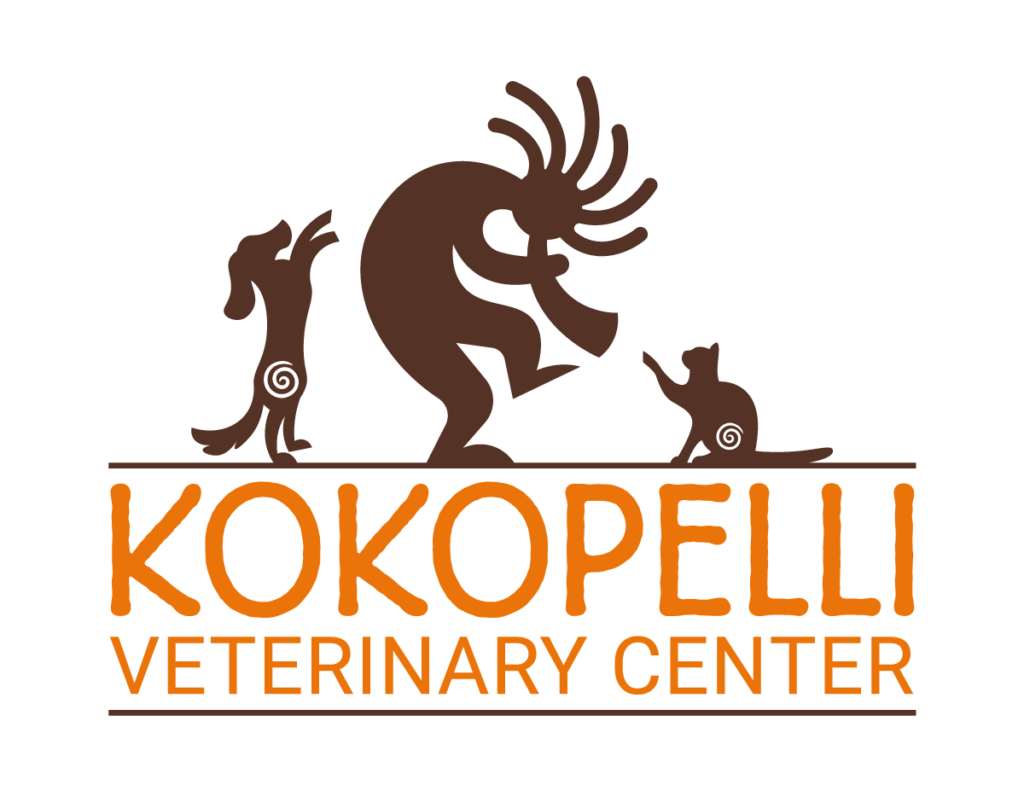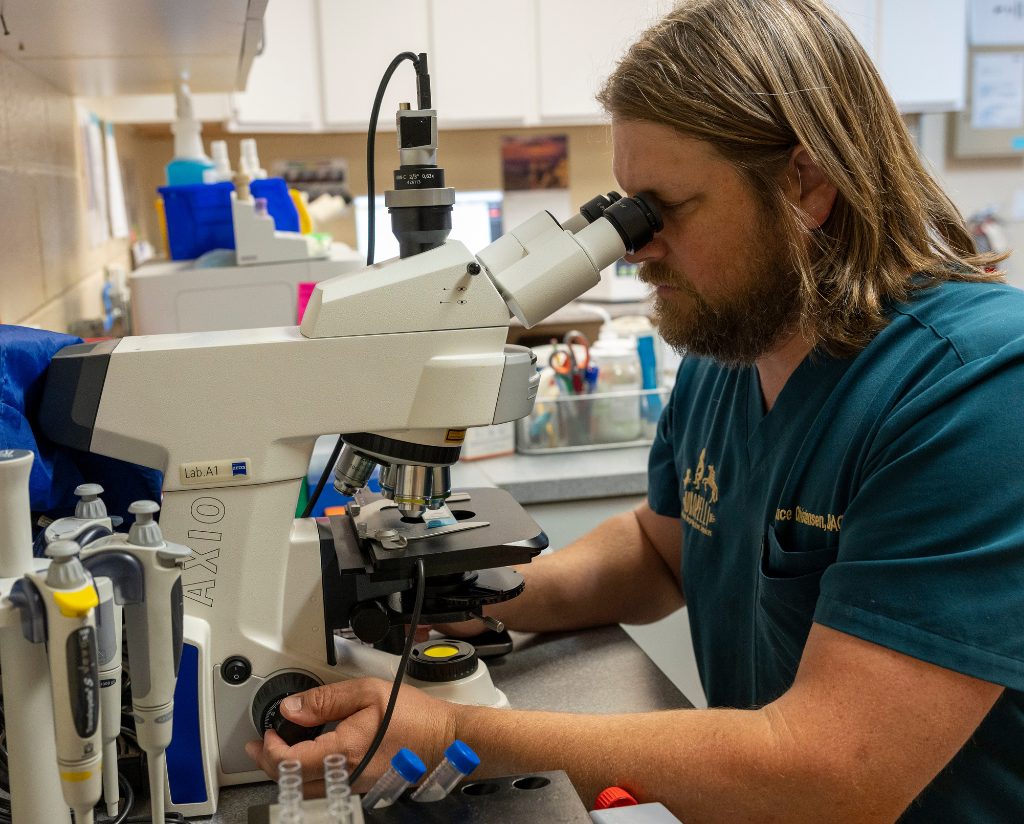The tradition of bedtime stories in my home started when the kids were infants and continues even into high school. We start with Goodnight Moon and arrive somewhere around Lord of the Flies before we end our little book club sessions. When my daughter, Aja B, was a bit younger, she loved the Little House on the Prairie series of Laura Ingalls Wilder. Part of the fascination in these stories is that they describe people just like us dealing with problems just like ours but without the modern resources we have. Aja B’s life is filled with playtime and friends and school and eating and travel, just like Laura’s was. But the way that Laura played, and attended school, and got her meals, and traveled is another world. Once Laura rode on a train that maxed out at 25 miles per hour. After reading that, Aja B would ask me to tell her when our car reached 25 mph so she could relate; it was funny to her that 25 mph seemed so fast to Laura. If Laura’s family wanted soup, they had to kill and prepare a chicken, get root vegetables from the cellar and herbs from the attic, and cook over an open fireplace. Laura describes the processes in detail. She tells how her future husband, Almanzo, and his father made a bobsled from forest wood they harvested and shaped, and then it used to transport things behind two young oxen that Almanzo had trained to the task. The construction of the bobsled and the training of the oxen were described also in great detail. There was a right way to do things if you wanted a predictable, quality outcome. And the processes were important because life depended on it.
We live on the same world as Laura’s family, but oh have times changed! We live in an age that would have been unimaginable science fiction to Laura. Aja B and I flew to London this past summer on a jet plane and traveled on underground trains that go twice as fast as Laura’s steam engine train. If we want to make soup from scratch, we buy the fresh ingredients from the grocery store and cook it on a stove that turns on with a button. And anytime I need to transport something, it goes in the bed of my oxen-less (355 horsepower) truck, which I bought from a dealership and I have no clue whatsoever how it was built. Having said all that, there is still a right way to do things, just as important in our science fiction world of 2024. If machines are not made correctly, they will break, and can cause injury. If food is not prepared appropriately, it will not taste right and could cause illness. There is a right way to build and operate a car, and a plane, and a subway. There is a right way to prepare chicken soup.
Currently Aja B is getting into the All Creatures Great and Small stories of James Herriot. And if you haven’t read them, Aja B and I highly recommend, along with the BBC TV series (both old and newer versions). They chronical the professional and personal life of British veterinarian, James Herriot, in 1940s Yorkshire, England. I loved these stories when I was Aja B’s age. Now they have added layers of interest for me as I compare how Dr. Herriot and his colleagues solved many of the same problems I face, but in a different time and with different resources. I sometimes wonder what Dr. Herriot would think about ultrasound and computed tomography (CT) scans and magnetic resonance imaging (MRI), or laser surgery, or laparoscopy. Or frozen semen…
Back in Dr. Herriot’s time, if someone wanted to breed their livestock or household pets, they had to find an appropriate mate somewhere in the vicinity, because the only way to breed was the natural way. The genetic pool was limited by how far you were able to travel with your animal.
But nowadays we have options: options that open up both time and space to us.
Breeding with frozen semen allows us to use males who are deceased or no longer fertile. It allows us to breed to males across the globe; it allows us to breed to males who died decades ago. We can take living cells and suspend them in time, more-or-less indefinitely, and wake them up, fully functional, at a chosen time in the future. This is the stuff of science fiction. This is taking Han Solo and freezing him in a carbonite chamber in the Cloud City and thawing him out later on in the bowels of Jaba the Hutt’s palace.
Han Solo was, however, not unaffected by this invasive treatment. And frozen/thawed semen is also damaged in the process and becomes overall less fertile than fresh semen. It’s a pretty rough biochemical process, as you might guess, taking sperm from 37 °C (98 °F) down to -196 °C (-320 °F), where all life processes essentially stop, and warming it back up again. Not all sperm survive the freeze/thaw process, so you always end up with less viable and less fertile sperm than when you started.
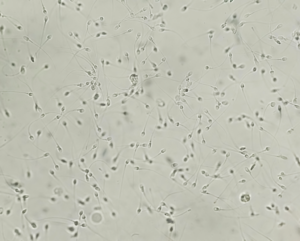
This blog is not the right place to describe all the science and steps behind cooling down living, functioning cells to that ultralow temperature and bringing them back again to a state where they can perform complex processes, but I hope that you will still appreciate that it can’t be simple. A sperm is a complex cell that has to do a job unlike anything asked of any other living cell. And we take that cell and freeze it solid, suspend all of its metabolism, indefinitely, and then warm it up and expect it to take off, undamaged, and do its complex job like nothing ever happened. Again, there is a right way to do something and if you don’t do it right, it won’t turn out well.
And it often doesn’t. Unfortunately, many places that freeze semen do not follow the proper process or utilize best practices, nor are these individuals trained in biochemistry, physiology, or medicine. They are lacking the necessary credentials and are people with no specialty training who decide that they’d like to freeze semen and use it to breed animals. Freezing semen is a fascinating process and I totally get why they are interested. But this is a shiny object to them, not something that they really understand. And once it becomes their business and the way that they earn money, that part of the process, the money, which they do understand, ends up making decisions in how they run their processes, rather than biological laws and procedures.
These non-veterinarians operate outside the law, or figure out legal loopholes, but there are insufficient enforcement officers to investigate and prosecute, so they stay in business. They often have poor results when freezing semen, but they retain customers by grossly overestimating the post-thaw quality of the semen they freeze. Some of this error is due to having little to no actual training in biology, physiology, medicine, or best laboratory practices. But they are also business people, first and foremost, and driven to make a profit. Overestimating the quality of the frozen semen allows them to claim to have more doses than they actually do. Having a large number of doses sounds better to clients, makes the business sound better, and allows them to charge you more. It is a short-sighted business strategy, however, because the numbers ultimately don’t lie and when a different facility (like us) thaws the semen, we see (and report to the dog owner) the poor quality of the frozen semen.
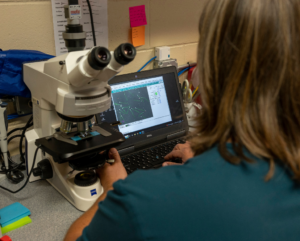
Recent review of our medical records revealed that more than 95% of the time that we receive frozen semen from a non-veterinary facility, the post-thaw quality is less than what it is supposed to be. Often MUCH less. Like, it should be malpractice. But it can’t be malpractice because that just applies to veterinarians with professional licenses, and these people have no credentials to protect.
Just as with building a bobsled or a truck, cooking soup, or training dogs or oxen, when freezing and thawing semen there is a right way to do things if you wanted a predictable, quality outcome. If you were trying to have a child and needed fertility services, you wouldn’t dream of trusting someone who had a “special interest” in human fertility, but whose formal training stopped at high school or a couple years of college. No. You would go to a doctor who had a post-graduate doctorate degree in reproductive physiology. Your dog’s fertility is no less complex than your fertility. Keep that in mind the next time you choose to suspend your dog’s life force or reanimate it again.
